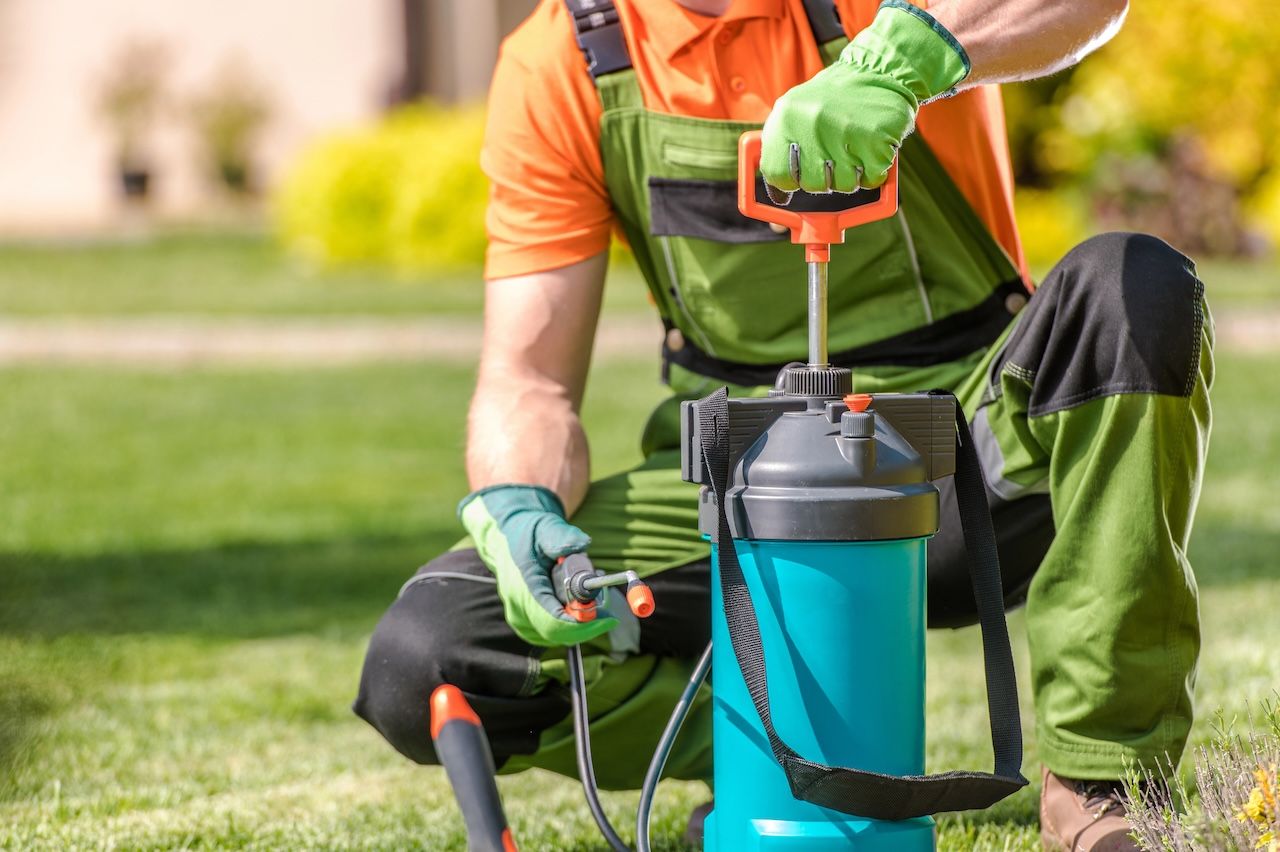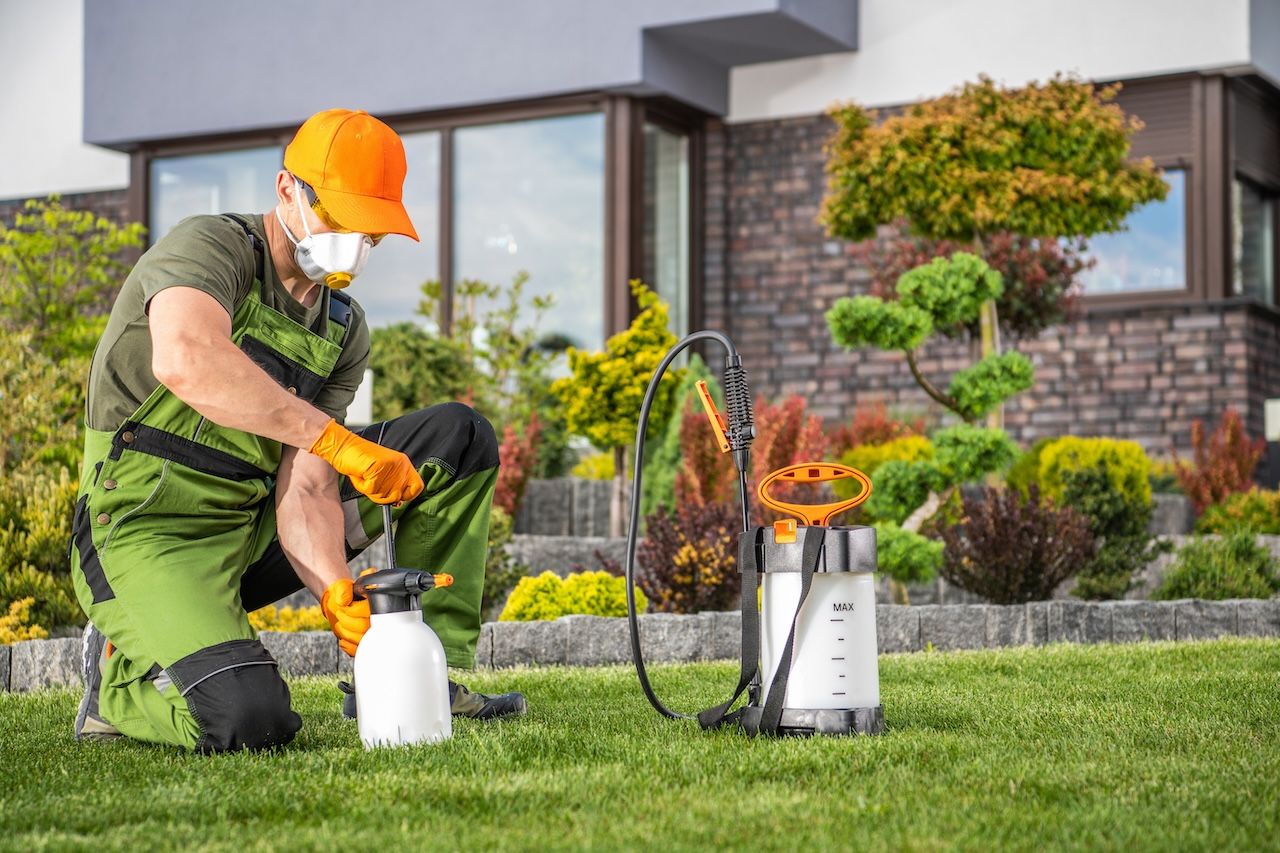I'm busy, detail oriented, cost conscious and highly selective as to whom works in and/or around my home. This is a service based company that actually provides superior service. Don't waste anymore time... call them. ~ a satisfied customer for three years.
Post Emergent Weed Treatments - Common Mistakes to Avoid

To keep your lawn green and healthy, you might need to use post-emergent weed treatments to kill any weeds that have already sprouted. Established weeds compete with your grass for water, nutrients and sunlight.
Knowing how to use post-emergent weed treatments is essential if you desire weed-free, verdant grass.
Weed-Killing Mistakes You Should Always Avoid
Weed control is pretty simple when you know which mistakes to avoid.
Speaking with a lawn care specialist is the best way to ensure the best results.
Read on to learn some of the most common pitfalls and how to prevent them.
Incorrect Weed Identification
Weeds are incredibly diverse and adaptable, making it hard to identify individual species.
It can become incredibly difficult to tell one weed from another at first glance due to their shared traits.
Even more so, the changes in leaf size and color brought on by the seasons can completely transform their look.
Using the Wrong Herbicide
When selecting a herbicide, it is imperative that you read the label and adhere to the manufacturer's instructions to address your unique weed problem.
Some pesticides work best against grassy weeds, while others work best against broadleaf weeds.
Using the wrong product—each one designed to kill a different kind of weed—can have disastrous consequences.
Improper Timing of Application
When weeds are under stress from factors like drought or high temperatures, many homeowners spray herbicides on them, which is a major mistake.
To maximize post-emergent herbicide effectiveness, you need to spray weeds in spring or early fall when they're photosynthesizing.
You should also avoid applying treatments just before it rains, because the water will wash them away and lessen their effectiveness.

Over- or Under-Applying the Herbicide
Applying herbicides at the wrong rate is another typical mistake.
You don't want to scorch your grass or kill off any good plants by applying too much pesticide, but you also don't want to miss any weeds by applying too little.
For more precise distribution, use a calibrated sprayer and always apply according to the rates suggested on the product label. With this level of accuracy, you can get the job done without harming your grass.
Failing to Consider Environmental Factors
How well the herbicide works depends on a number of environmental factors, including temperature, humidity and wind.
Applying herbicides on days with high winds, for instance, might generate drift, which in turn can harm surrounding plants.
For the best results, check the forecast before you apply, and choose a calm day with the right temperature.
Expert Tips for Effective Weed Control
Combining pre-emergent and post-emergent herbicides is an effective technique, since the former stops weed seeds from germinating, while the latter kills off existing weeds.
Homeowners who have ongoing weed problems usually benefit from working with a professional weed management service. Experts have the training and skills to correctly identify plant species and apply the appropriate remedies.
Conclusion
Effective weed management requires precise weed identification, appropriate herbicide selection, timely applications and thorough consideration of environmental conditions.
The most effective way to deal with weeds is to use a combination of pre-emergent and post-emergent treatments.
Contact Custom Weed & Pest Control if you need professional help with weed treatments. Our experienced team provides tailored solutions to effectively manage your weed problems and maintain a healthy, beautiful lawn.
